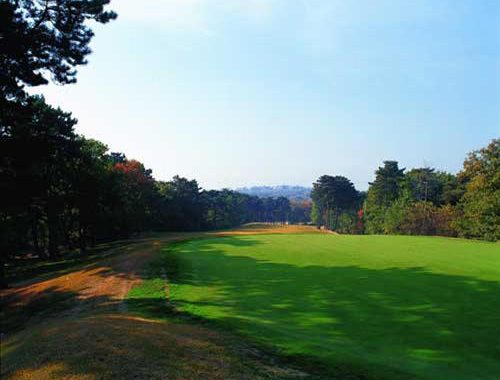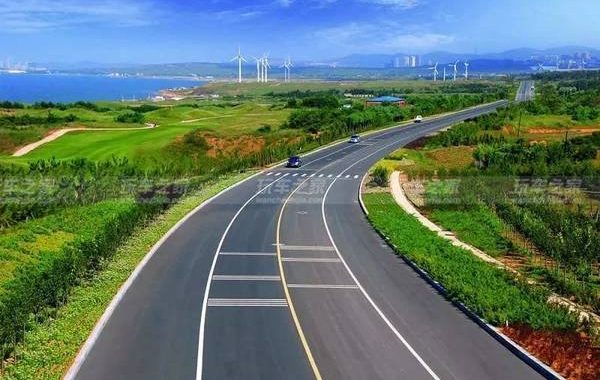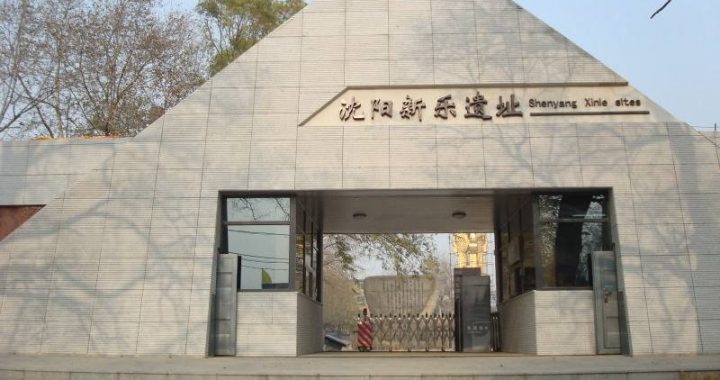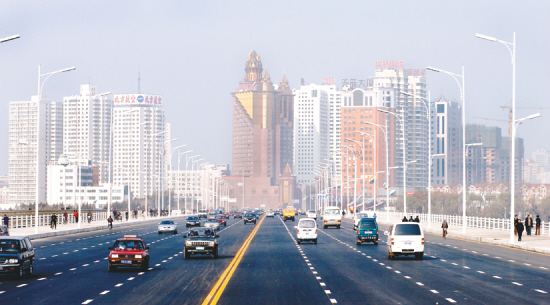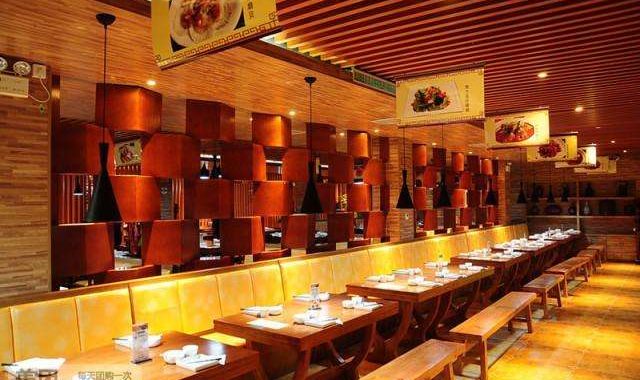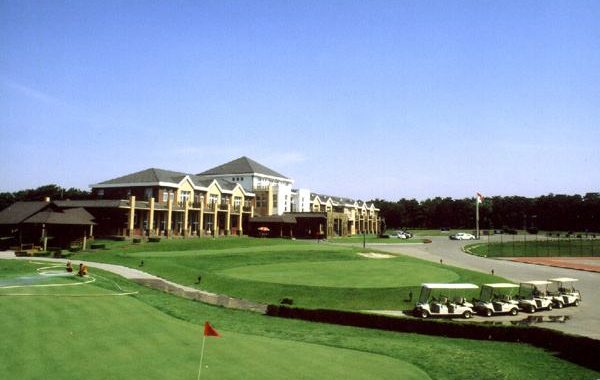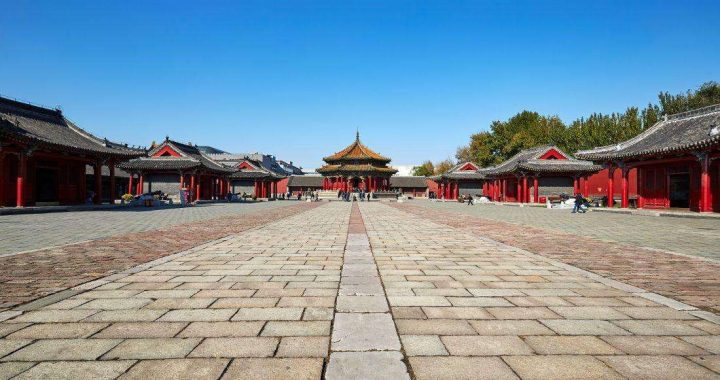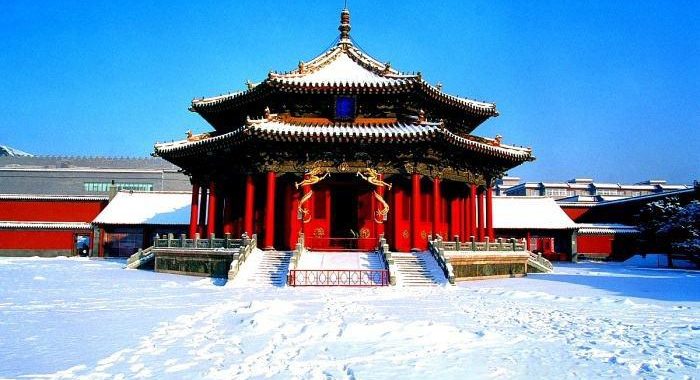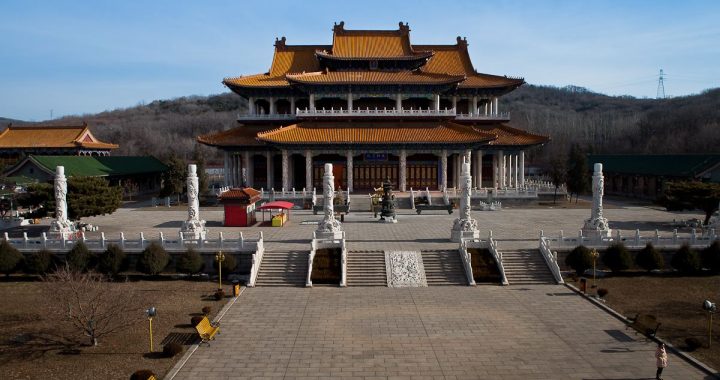Shengyang today is an industrial and cultural center of Liaoning
3 min readShenyang,the largest city in Northeast China,is the political,economic,and cultural center of Liaoning Province.It is also an important industrial base and a famous historical city.As the host city of the 2006 International Horticultural Exposition and venue for the football(soccer)matches of the 2008 Beijing 0lympic Games,Shenyang will soon be the focus of world-wide attention.

Shenyang is located in the central part of Liaoning Province.Its climate is relatively dry most of the year in precipitation during the summer months due to the influence of monsoons.Temperatures vary as much as 10 degrees Celsius from daytimeto night,and in winter they can drop below 0 degrees Celsius,so the smart traveler will plan to dress in layers.
History
The city’s name,Shenyang,comes from the old name of the Hun River on the city’s south side,which used to be called Shen River.Archaeological findings showthat human beings resided in present day Shenyang as early as 7200 years ago.Cityof Shenyang was first established by Qinkai,a general of Yan state in the Warring States period about 300 BC.It was named as Houcheng at that time.During the Tang Dynasty,it became the Gaimou perfecture.It became the Shen perfeture(沈州)in the Jin Dynasty and ShenyangLu in the Yuan Dynasty.During the Ming Dynasty,it became Shenyang Zhongwei.

In 1625 the Manchu leader Nurhaci moved his capital to Shenyang,or Simiyan as it is called in Manchu.The official name was changed to Shengjing(盛京)in Chinese,or Mukden in Manchu 1634.The name derives from the Manchu word,mukdembi,meaning“to rise”,and this is reflected by its Chinese name,which means “rising capital”.Shenyang remained the capital of the Qing Dynasty until the overthrow of the Ming dynasty,and relocation of the capital to Beijing in 1644.However,it retained considerable prestige as the older capital,treasures of the royal house were kept at its palaces,and the tombs of the early Qing rulers were once among the most famous monuments in China.In 1657,Fengtian Prefecture was established in the Shenyang area,and Fengtian was sometimes used synonymously with Shenyang/Mukden.In 1914,the city changed back to its old name Shenyang.However,Shenyang continued to be known as Mukden in English sources(sometimes spelled Moukden)through much of the 20th century.

With the building of the South Manchurian Railway,Mukden became a Russian stronghold.
During the Russo-Japanese War(1904-1905),Mukden was the site of the Battle of Mukden from on 19 February to 10 March 1905.It was the largest battle of the world when it was fought.Following the Japanese victory,the Japanese concession at Mukden was one of the chief bases for Japanese economic expansion into southern Manchuria.It was also the seat of the Chinese viceroy of the three Manchurian provinces.In the 1920s,Mukden was the capital of the warlord Chang Zuolin,who was killed when his train was blown up near Mukden at a Japanese-guarded railway bridge.
The Mukden Incident(18 September 1931),which gave the Japanese an impetus to create the Manchukuo state,took place near Shenyang.During the Manchukuo era(1932一1945)the city was called Fengtian again.
Soviet forces occupied Shenyang in early August 1945 on the surrender of Japan.
The Soviets were replaced by the Nationalist Chinese,who were flown in on UStransport planes.During the Chinese Civil War,Shenyang remained a Kuomintang stronghold from 1946-1948,although the Chinese communists controlled the surrounding countryside.It was captured by the communists on 30 0ctober 1948 following a series of offensives.Since 1949,Shenyang developed into a major industrial center.Many of the major industrial companies have their headquarterslocated in Shenyang,such as Brilliance Auto and their production plants.Also the Shenyang Aviation Company which produces airplanes for civilian uses as well as for military for the PLAAF.
